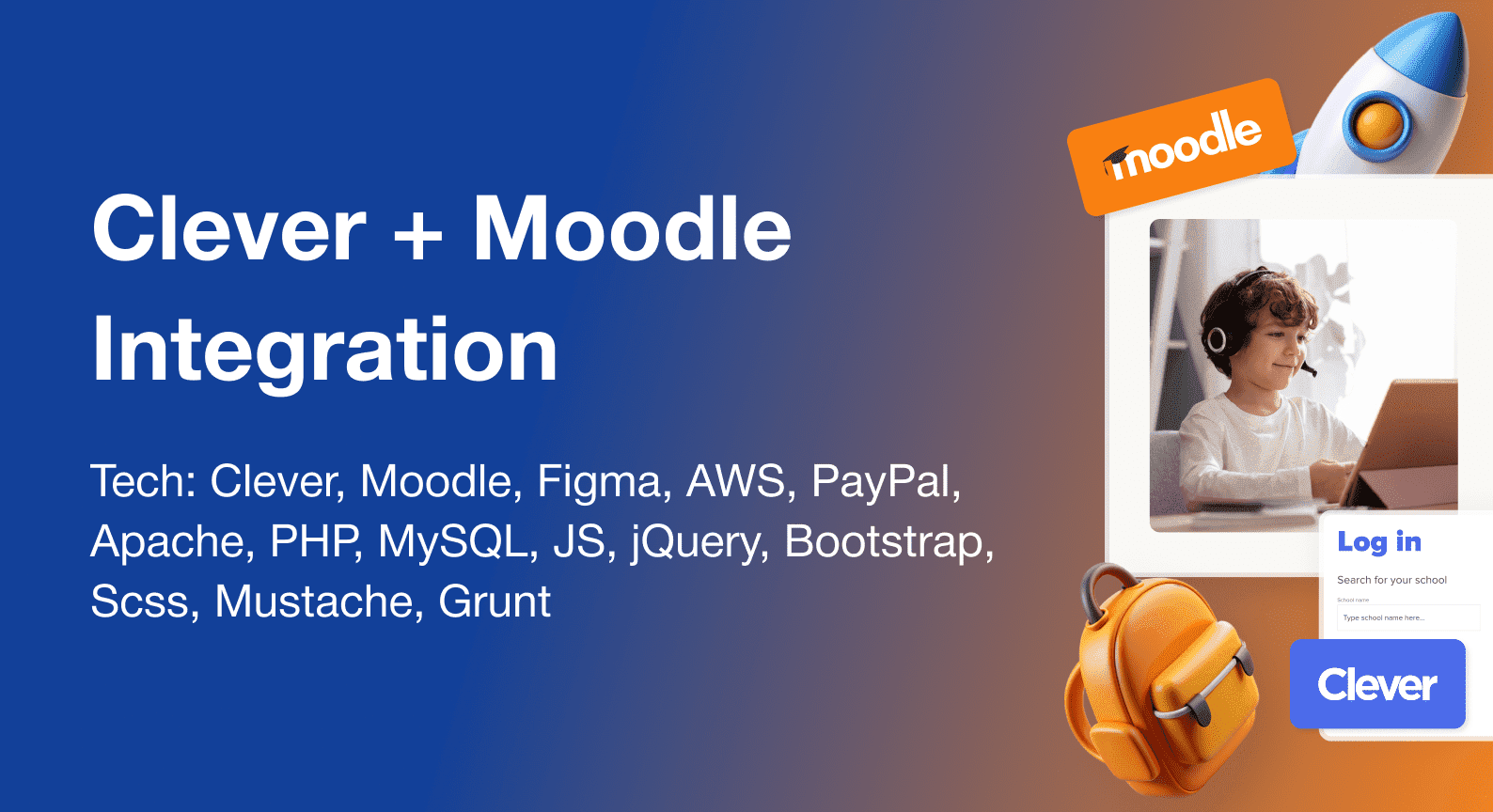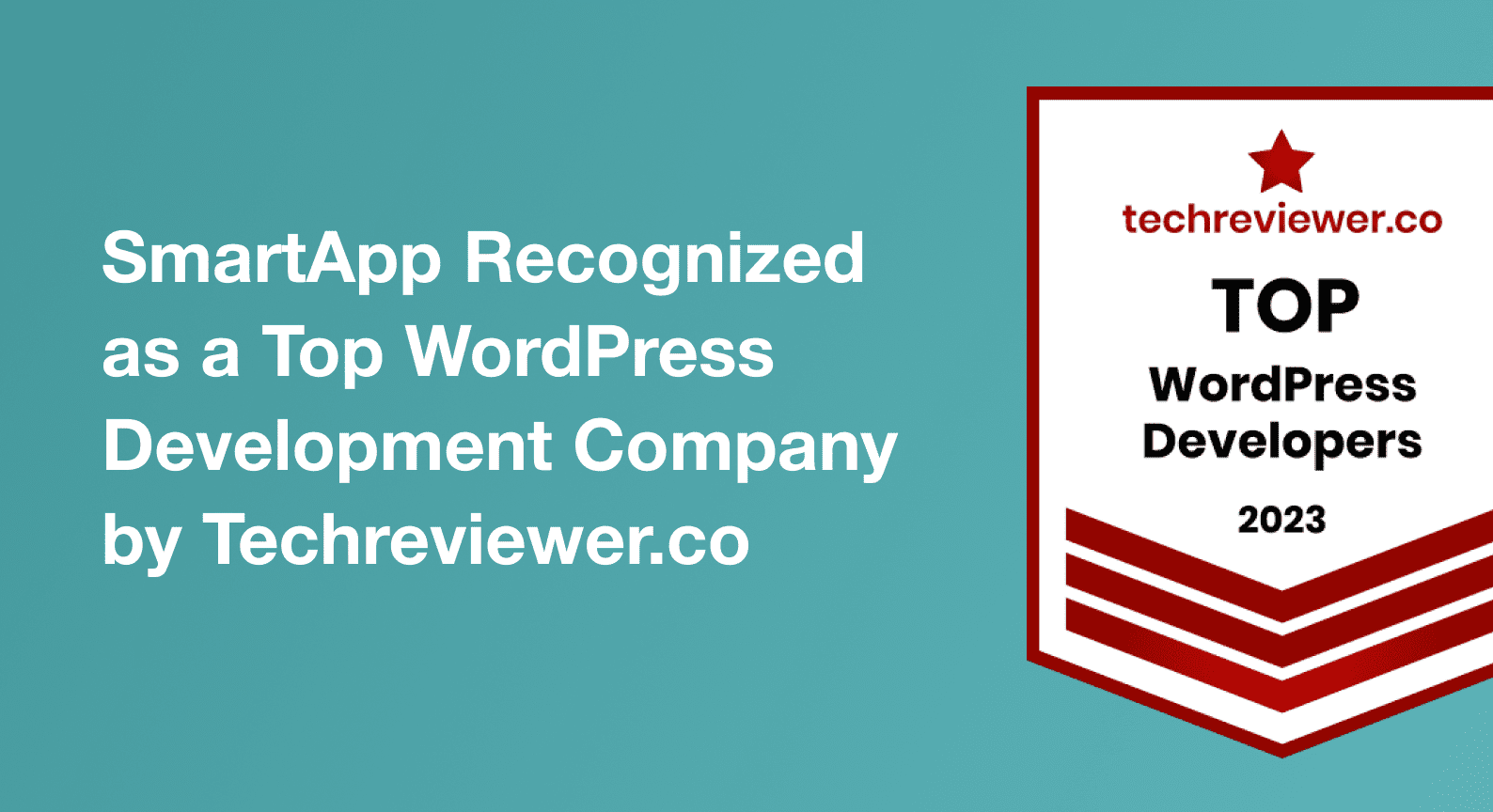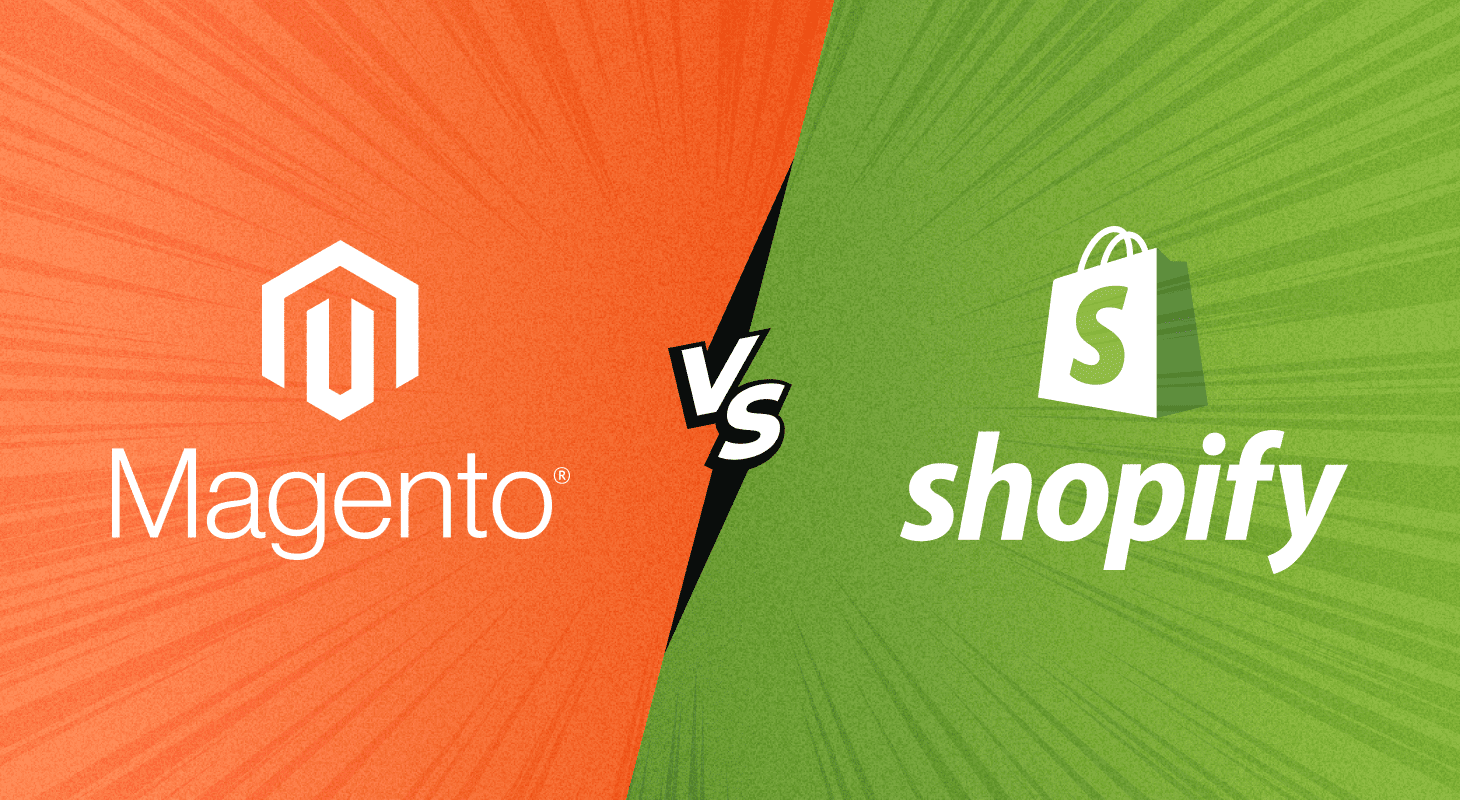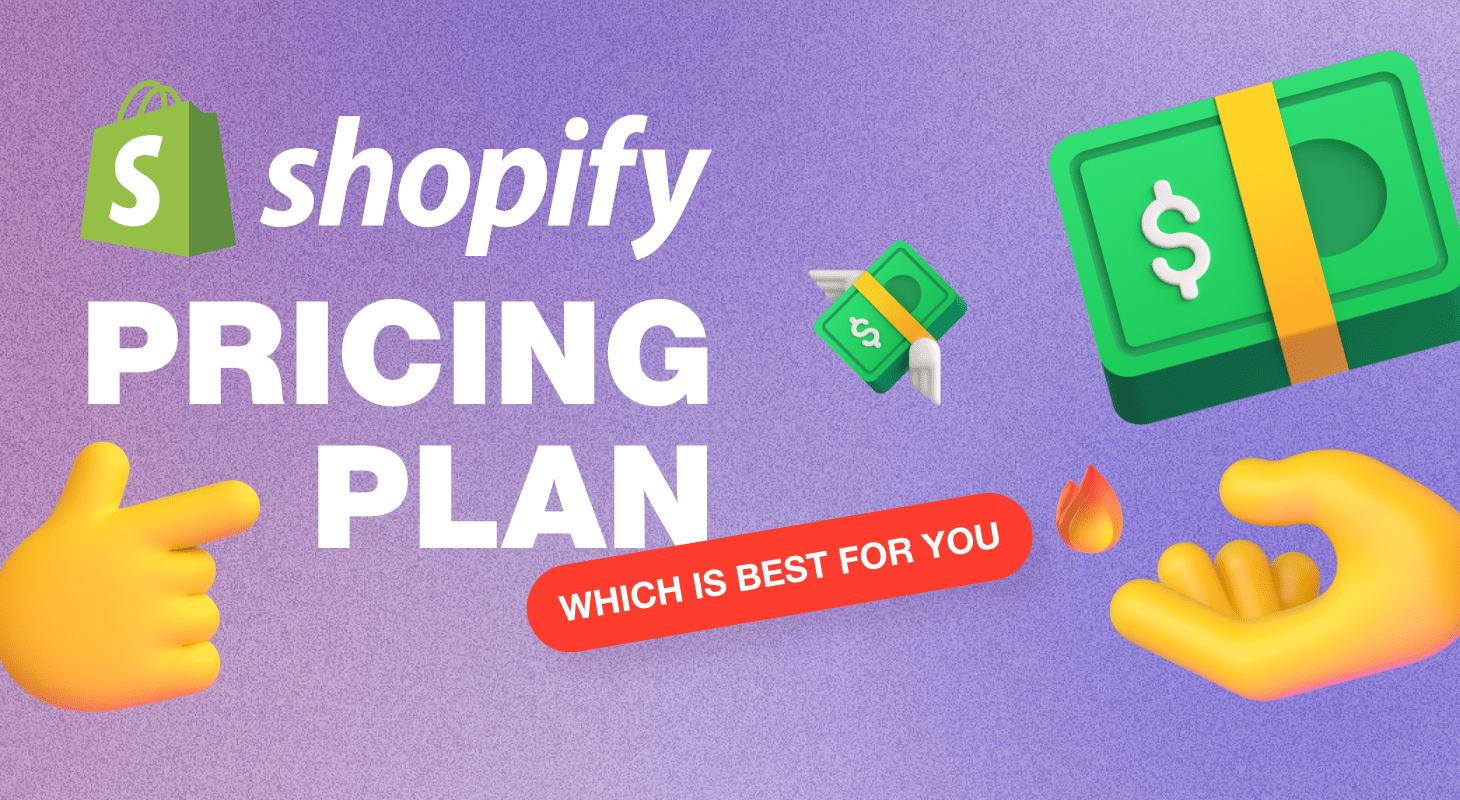Mastering eCommerce Replatforming and Migration: Your Ultimate Guide for 2023
Jul 28, 2023
20 min read

Sergei Porfenovich
CTO, Co-founder

In the dynamic world of eCommerce, businesses constantly encounter the need to replatform their online stores, and this process is of paramount importance. As technology advances, consumer expectations evolve, and market dynamics shift, staying ahead of the curve becomes crucial for businesses to thrive and succeed in the highly competitive digital landscape.
What is replatforming, and why is it important
Replatforming refers to the process of migrating an existing eCommerce platform to a new one while ensuring a seamless transition and minimal disruption to business operations. It enables businesses to, enhance operations, improve scalability, leverage advanced features, adapt to new business models, address performance issues, and stay abreast of emerging trends. While it may involve challenges, the benefits of replatforming can significantly impact the success of an eCommerce business. In today’s fast-paced digital landscape, staying ahead in the eCommerce game requires businesses to adapt and evolve continuously.
According to recent statistics, by 2023, 20.8% of retail purchases are expected to occur online, with the percentage projected to reach 24% by 2026. The global eCommerce market is projected to reach $6.3 trillion in 2023 and surpass $8.1 trillion by 2026. In the United States, eCommerce sales are estimated to exceed $1.1 trillion in 2023, accounting for 16.4% of retail purchases.
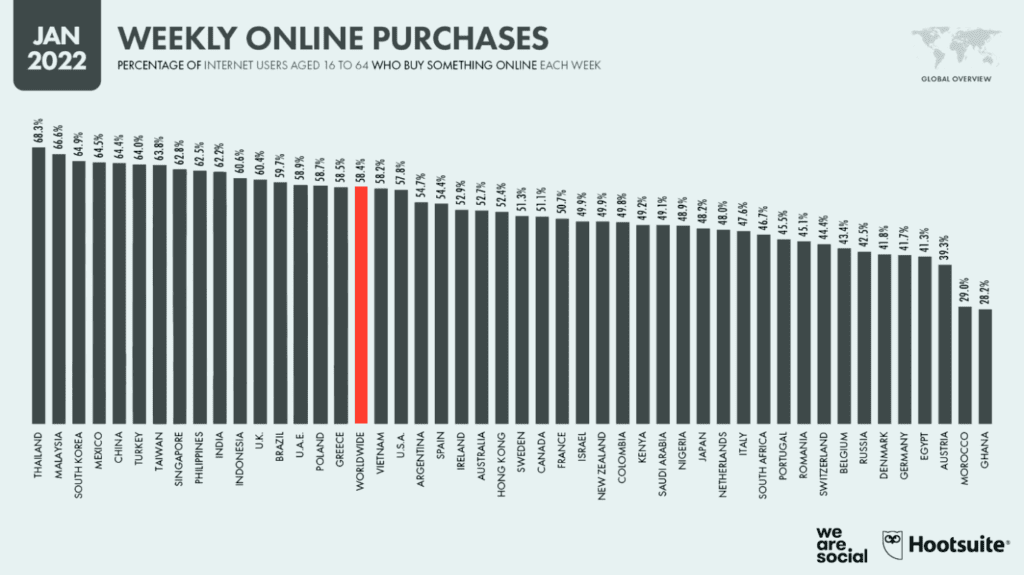
eCommerce platforms and types to consider
Selecting the appropriate platform is essential for the success of your business when establishing an e-commerce store. Various types of e-commerce platforms offer distinctive features and benefits. Now, let’s delve deeper into three popular options and explore their unique characteristics:
- SaaS (Software as a Service)
SaaS e-commerce platforms, such as Shopify and BigCommerce, provide a fully hosted solution. With SaaS, you don’t need to worry about server management, security, or software updates. These platforms offer user-friendly interfaces, pre-built templates, and a range of integrated features. SaaS platforms are often cost-effective, as they typically operate on a subscription model. They are suitable for small to medium-sized businesses that prefer a hassle-free approach and want to focus on selling products rather than technical aspects. - On-premise
On-premise e-commerce platforms require businesses to host the entire system on their own servers and infrastructure. Examples include Magento and WooCommerce. With on-premise solutions, you have more control over customization and data security. However, they require technical expertise, maintenance, and dedicated IT resources. On-premise platforms are popular among larger enterprises or businesses with specific customization and integration requirements. - Cloud-based
Cloud-based e-commerce platforms combine the advantages of SaaS and on-premise solutions. They offer the flexibility of on-premise systems while eliminating the need for extensive server infrastructure. Platforms like Salesforce Commerce Cloud and Oracle Commerce are examples of cloud-based solutions. Cloud platforms provide scalability, security, and accessibility, as they are hosted in the cloud and accessible from anywhere. They often come with a range of integrated features and can accommodate businesses of various sizes.

Reasons for eCommerce Replatforming
When it comes to initiating an e-commerce replatforming or migration, businesses often have a multitude of reasons that drive their decision. In this comprehensive list, we will explore some of the most prevalent and compelling factors that prompt businesses to embark on the journey of migrating their e-commerce platform.
Outdated Technology
Aging eCommerce platforms may struggle to keep up with the latest advancements, lacking crucial features, integrations, and performance capabilities required to stay competitive in the market. Outdated technology can hinder innovation, limit the ability to adopt new trends, and restrict the overall growth potential of an online business.
Replatforming allows businesses to embrace cutting-edge technologies and leverage modern functionalities to provide a seamless and future-proof shopping experience for their customers.
Limited Scalability
As businesses expand and experience increased traffic, their existing eCommerce platforms may face limitations in handling the growing demands. Slow loading times, performance issues, and server crashes can result in a poor user experience, leading to customer dissatisfaction and lost sales opportunities.
Replatforming offers the opportunity to migrate to a more scalable platform that can efficiently handle higher traffic volumes, ensuring optimal performance and a positive user experience even during peak periods. This scalability empowers businesses to accommodate growth without compromising website performance or customer satisfaction.
Poor User Experience
In the fast-paced digital era, providing a superior user experience is crucial for eCommerce success. Customers expect a seamless, personalized, and intuitive shopping journey across multiple devices and touchpoints. Outdated platforms may lack the flexibility and modern design practices necessary to deliver a user experience that meets these expectations.
Replatforming presents an opportunity to adopt responsive designs, implement user-friendly interfaces, optimize checkout processes, and leverage advanced personalization techniques. By prioritizing user experience through replatforming, businesses can enhance customer satisfaction, increase conversions, and foster long-term loyalty.
Integration Challenges
To streamline operations and enhance efficiency, businesses often need to integrate their eCommerce platforms with other systems like CRM, inventory management, or marketing automation tools. However, incompatible platforms can create significant integration challenges, leading to data inconsistencies, manual workarounds, and limited automation capabilities.
Replatforming allows businesses to choose platforms that offer robust integrations and API capabilities, ensuring seamless data flow and streamlined processes. This enables enhanced customer relationship management, efficient inventory management, and targeted marketing campaigns, ultimately driving business growth.
Cost and Performance
OptimizationCost efficiency and optimal performance are key considerations for any business. Replatforming can provide opportunities to optimize costs by moving to more cost-effective platforms that offer competitive pricing models, eliminate unnecessary features or integrations, or reduce maintenance and hosting expenses. Additionally, by leveraging advanced technologies and infrastructure, businesses can improve website performance, such as page load times and efficient caching mechanisms, resulting in a smoother and more enjoyable shopping experience for customers. Enhanced performance contributes to increased conversions, improved search engine rankings, and overall business success.

Challenges in eCommerce Replatforming and Migration
While eCommerce migration offers numerous benefits, it also presents several challenges that businesses need to address:
- Cost and Time
eCommerce migration can be a complex and resource-intensive process. It requires investments in terms of time, budget, and expertise. Businesses must carefully plan and allocate sufficient resources to ensure a smooth migration. Additionally, unexpected delays or complications during the migration process can lead to increased costs and prolonged downtime. - System Integrators and Expertise
Migrating an eCommerce store involves technical expertise and familiarity with the target platform. Businesses often require assistance from system integrators or eCommerce experts who possess the necessary skills and knowledge to execute a successful migration. Choosing the right partners and ensuring effective communication and collaboration throughout the process is essential for a seamless transition. - Complexity of New Systems
Adapting to a new eCommerce platform involves a learning curve for the business and its staff. The new platform may have a different interface, backend structure, and functionalities that require training and adjustment. To mitigate potential disruptions and productivity losses, businesses should allocate sufficient time for familiarization and provide adequate training to employees involved in managing the new platform. - Data Migration and SEO
Transferring data from the old platform to the new one while ensuring data integrity and consistency is a critical aspect of eCommerce migration. Proper data migration practices and validation procedures are necessary to avoid data loss, duplication, or corruption. Additionally, businesses need to consider the impact of migration on search engine optimization (SEO) rankings and take necessary measures to maintain or improve organic visibility during the transition.
Shopify Replatforming
When it comes to replatforming, choosing the right eCommerce platform is paramount. Shopify, a leading eCommerce platform, has gained immense popularity and trust among businesses of all sizes.
With over 1.7 million merchants worldwide and $200 billion in total sales, Shopify offers a seamless solution for businesses looking to replatform and migrate. The platform offers several key advantages that make it a preferred choice for businesses undergoing replatforming.
Here’s why Shopify would be the best decision for various businesses:
- Small to Medium-sized Retailers
Shopify provides an intuitive interface and a range of customizable templates, making it an excellent option for small to medium-sized retailers. It simplifies the process of setting up an online store, allowing businesses to start selling quickly and efficiently. - Niche and Creative Products
Shopify caters well to businesses offering unique and creative products. With its customizable design options and flexibility, businesses can showcase their products in visually appealing ways that align with their brand identity. The platform’s extensive theme library offers a wide range of options to suit different niches and aesthetics. - Dropshipping Businesses
Shopify offers built-in features and seamless integrations for dropshipping businesses. With apps like Oberlo, businesses can easily find and source products from suppliers, manage inventory, and automate order fulfillment. The platform simplifies the entire process, making it efficient and convenient for businesses. - Fashion and Apparel Brands
Shopify has a proven track record of success with fashion and apparel brands. Its customizable themes and templates enable businesses to create visually stunning online stores that showcase their products effectively. Shopify also provides inventory management features that are particularly beneficial for fashion and apparel businesses with varying product variations and sizes. - Direct-to-Consumer (D2C) Brands
Shopify offers a range of marketing and promotional tools to support D2C brands in their customer engagement efforts. The platform integrates with popular apps and services, allowing businesses to leverage additional marketing channels, automate campaigns, and reach a wider audience. - Scalability and Growth
Shopify’s scalability is a significant advantage for businesses with growth ambitions. The platform can handle increasing traffic, sales volume, and inventory without compromising performance. As businesses expand, they can easily upgrade their Shopify plan and access additional features and resources to support their growth. - Brick-and-Mortar Stores
Shopify’s Point-of-Sale (POS) system seamlessly integrates online and offline operations. It allows businesses to manage both their online and physical store inventories in one centralized platform. This integration provides a unified shopping experience for customers, whether they choose to purchase online or visit a physical store.
☝️ Do you want to know more about Shopify advantages? Read our article
Cons and pros of Shopify
It’s essential to consider these pros and cons when deciding whether Shopify is the right e-commerce solution for a business.
|
Pros |
Cons |
|---|---|
|
Comprehensive set of tools and features |
Migrating away from Shopify can be challenging |
|
Easy setup with tools, hosting, and domain options |
Uses a unique coding language, Liquid |
|
Strong customer support and resources |
Transaction fees for non-Shopify payment processing |
|
Wide range of supported payment processors |
Simplified blogging interface compared to other platforms |
|
Beautiful themes with customization options |
|
|
App Store for additional functionalities |
|
|
Powerful point-of-sale (POS) solution |
|
|
Built-in marketing tools |
|
|
Fulfillment and product sourcing options |
Shopify Replatforming and Migration Guide
- Assessing Your Current eCommerce Setup
Start by evaluating your current e-commerce setup. Understand the strengths and weaknesses of your existing platform, identify any limitations or pain points, and determine what functionalities and features you need in a new platform. Assess your data, including product catalogs, customer atabases, and order history, to understand the complexity of the migration process. - Choosing Shopify as Your Replatforming Solution
Consider Shopify as a potential replatforming solution. Explore its features, scalability, and suitability for your business needs. Shopify offers a user-friendly interface, robust inventory management, secure payment gateways, and a wide range of customizable themes and apps. Evaluate its pricing plans and find the one that aligns with your budget and growth goals. - Creating a Migration Plan
Develop a detailed migration plan to ensure a smooth transition to Shopify. Outline the tasks, timelines, and responsibilities involved in the migration process. Consider factors such as data migration, theme customization, SEO optimization, and integration with third-party tools. A well-defined plan will help you stay organized and minimize disruption to your business operations. - Setting Up Your Shopify Store
Once you have chosen Shopify, it’s time to set up your store. Sign up for a Shopify account and follow the onboarding process. Customize your store’s appearance by selecting a theme, uploading your logo, and configuring the navigation menus. Set up essential pages like the homepage, product pages, and About Us page. Configure payment gateways, shipping methods, and tax settings based on your business requirements. - Migrating Products, Customers, and Orders
Migrating your product catalog, customer data, and order history is a critical step. Shopify provides several options to simplify this process, including CSV imports, API integrations, and automated migration apps. Ensure that the data is accurately transferred, maintaining product attributes, customer details, and order information. Validate the migrated data to ensure its integrity. - Design and Development Customizations
Customize the design and functionality of your Shopify store to align with your brand identity and business requirements. Explore Shopify’s extensive library of themes and select one that suits your aesthetic preferences. Customize the theme to create a unique look and feel for your store. Consider additional development customizations, such as adding custom features or integrating third-party apps to enhance your store’s capabilities. - Testing and Quality Assurance
Before launching your Shopify store, thoroughly test its functionality and user experience. Conduct comprehensive testing to identify and resolve any issues, including broken links, navigation errors, or payment gateway integration problems. Test the store’s responsiveness across different devices and browsers. Ensure that the checkout process is smooth and secure. - Launching Your Shopify Store
Once you have completed the necessary preparations, it’s time to launch your Shopify store. Coordinate the launch date and time to minimize downtime and ensure a seamless transition. Double-check all configurations, including payment gateways, shipping settings, and tax calculations. Monitor the store’s performance closely after the launch and address any post-launch issues promptly.
Checklist for Successful eCommerce Migration
To facilitate a smooth and successful eCommerce migration, here is a checklist summarizing essential tasks and considerations:
- Clearly define business needs, goals, and objectives for the migration.
- Evaluate potential eCommerce platforms based on features, scalability, and suitability.
- Estimate the cost and allocate sufficient resources for the migration.
- Engage system integrators or eCommerce experts for technical assistance.
- Develop a detailed migration plan with a realistic timeline.
- Conduct thorough data migration and validate the integrity of transferred data.
- Ensure compatibility and seamless integration with third-party systems and services.
- Implement SEO strategies to maintain or improve organic search visibility during the transition.
- Perform comprehensive testing and quality assurance to identify and resolve any issues.
- Train and familiarize staff with the new platform and its functionalities.
- Continuously monitor post-migration performance, user experience, and business metrics.
- Address any post-migration issues promptly and optimize the platform based on user feedback.
Embracing the Future of eCommerce
By migrating to a new platform, businesses can overcome the limitations of outdated systems, leverage new features and capabilities, enhance user experience, and ensure scalability for future growth. While the migration process presents challenges, proper planning, resource allocation, and expertise can mitigate risks and ensure a successful transition.
Embracing the future of eCommerce through replatforming empowers businesses to stay competitive, drive innovation, and achieve long-term success in the digital marketplace. Don’t let outdated systems hold you back-leap growth and transformation.
Contact our team today to discuss your replatforming needs, explore available solutions, and embark on a journey toward a more robust and profitable eCommerce presence. Together, we can navigate the complexities of migration and unlock the full potential of your online business.
Tags:


